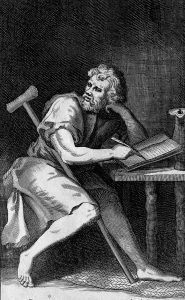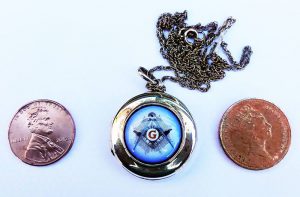A BLAST FROM THE PAST…
In 2004 my experience as a professional photographer of dealing with Nikon UK was hugely disappointing.
As a semi-professional photographer (making small amounts of money from my photographs) I bought a D2X new at £3500 (£4000+ today). It was used for civic and corporate functions and the results were excellent when used with pro-quality lenses. After using the camera very occasionally for less than four years and during an important photo-shoot (that is, one I was being paid for, for once!) the camera stopped working. It simply seized up. The last image I had taken was could be viewed on the rear viewing screen but nothing worked. Nothing electronic that is. I removed the battery the image disappeared and thereafter the camera was useless. If you are interested read on…
I took the camera to a professional camera and repair company (in Morningside, Edinburgh) who informed me that they could not diagnose the problem and advised me to have it sent to Nikon UK. They charged £20 for this service. I agreed thinking that a professional outfit like Nikon would be helpful.
Next…
An estimate for repair was received from Nikon UK was £310 (I still have the documentation) and as this was a little less than ten percent of the value of this professional camera I decided to have Nikon UK undertake the repair.
Next…
A couple of weeks later the Edinburgh repair centre contacted me to say that ‘on further examination by Nikon UK’ the repair would now be £928!
That was a very different proposition and as I did not have that kind of money available, I had to decline the offer.
Next…
The camera repair centre then got in touch to ask if they could keep the ‘useless, ridiculously expensive to repair camera.’
Of course, being a good Scot I asked for the camera to be returned to me – at least I could use it as a door-stop or something.
I was then informed that the £20 previously paid to cover postage to send the camera to Nikon UK did not cover the cost of having it returned and I would have to arrange to collect it.
Guess what? I don’t think that the camera ever left Edinburgh. But Nikon UK confirmed all of the above.
Lastly…
During this entire saga I asked again and again for Nikon UK and the professional camera repair centre in Edinburgh for a detailed and precise explanation, in writing, of the problems with the camera but never received any information.
I eventually had the camera returned to me (I had to collect it from where I had delivered it several months previously).
 Did I get ‘my’ camera back? It bore the same serial number on the external shell but were the internal parts the same? This was a question that nagged me ever since one of the technicians had let slip that un-repairable cameras were often stripped to recycle parts.
Did I get ‘my’ camera back? It bore the same serial number on the external shell but were the internal parts the same? This was a question that nagged me ever since one of the technicians had let slip that un-repairable cameras were often stripped to recycle parts.
Conclusion
I believe that Nikon UK and the camera repair centre ‘colluded’ in attempting to make me pay more and more money for a camera repair that I had no way of knowing was needed or was good value for money.
The whole experience devalued Nikon as an international brand and I would never use a third party camera repair service ever again.
I still have ‘the’ Nikon D2X and it sits on a self at eye level as a constant reminder…
However, never, ever let the experience detailed above (hopefully an isolated case) put you off taking photographs – we photographers are bigger than that!

 Did I get ‘my’ camera back? It bore the same serial number on the external shell but were the internal parts the same? This was a question that nagged me ever since one of the technicians had let slip that un-repairable cameras were often stripped to recycle parts.
Did I get ‘my’ camera back? It bore the same serial number on the external shell but were the internal parts the same? This was a question that nagged me ever since one of the technicians had let slip that un-repairable cameras were often stripped to recycle parts.